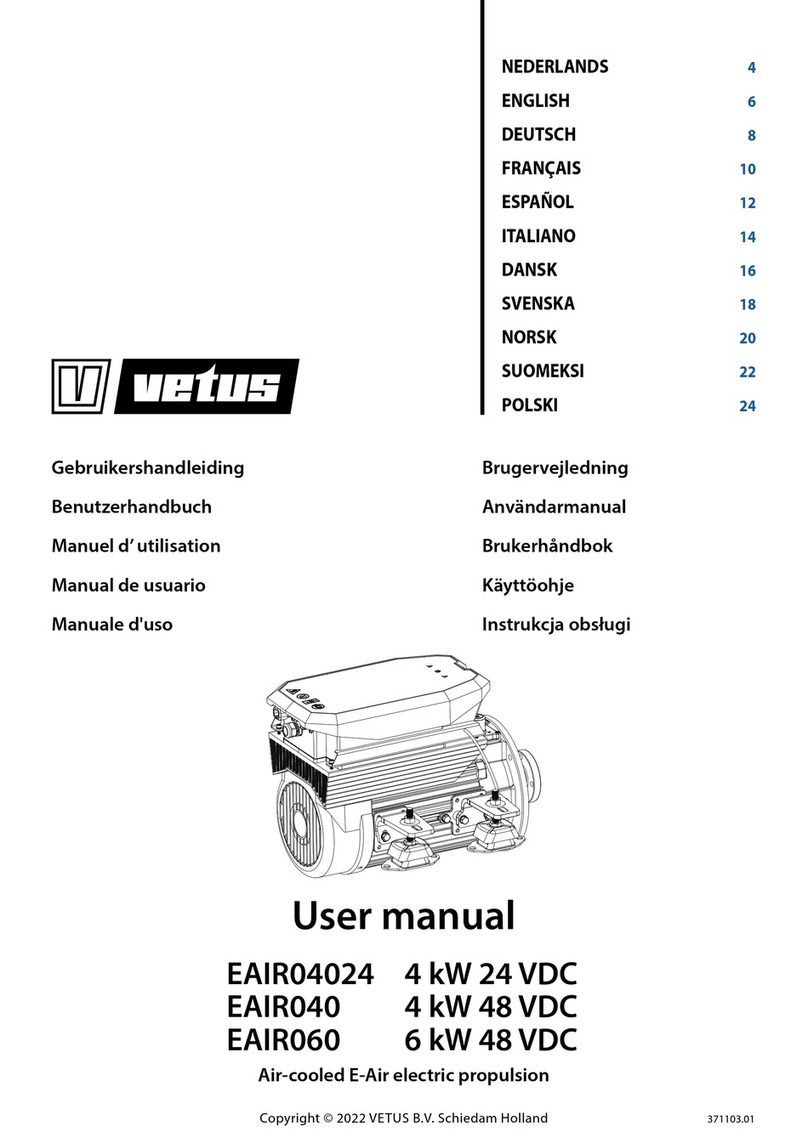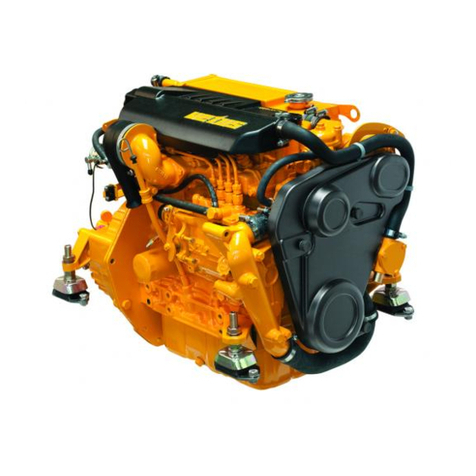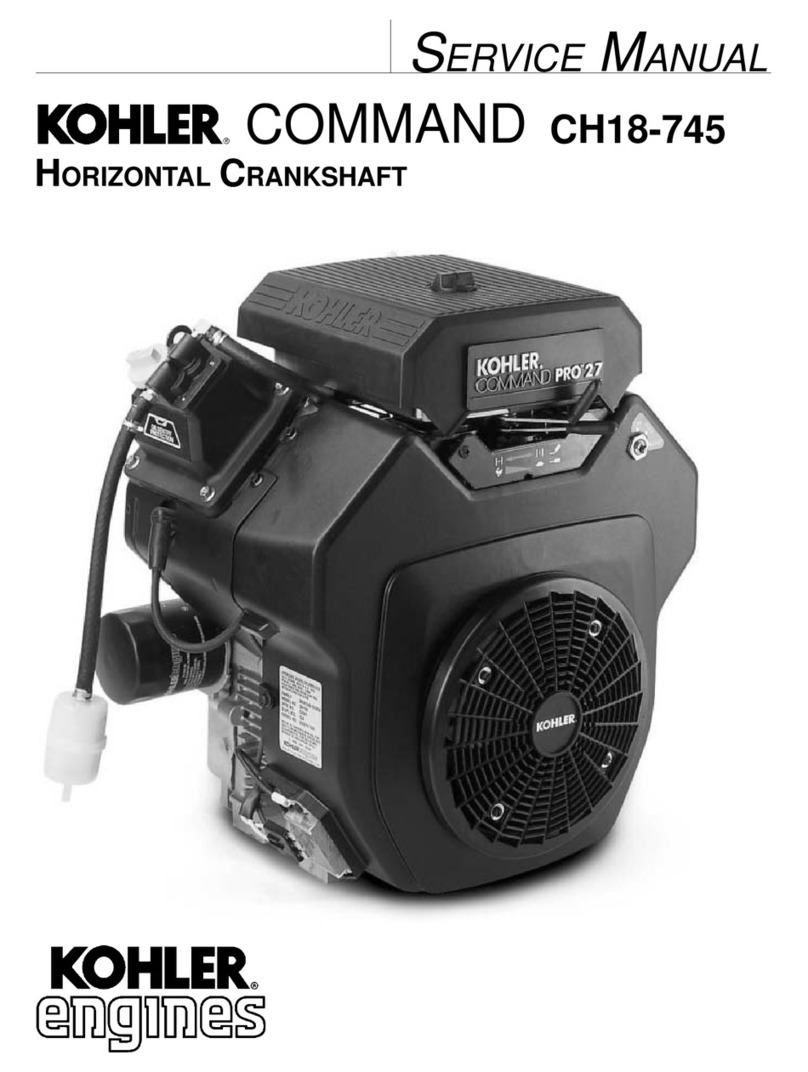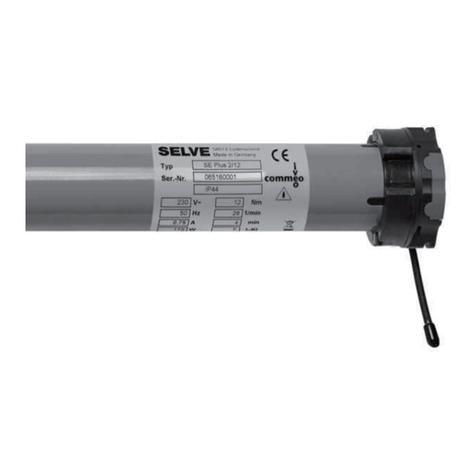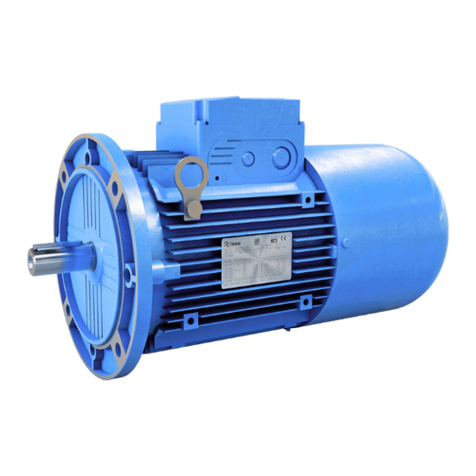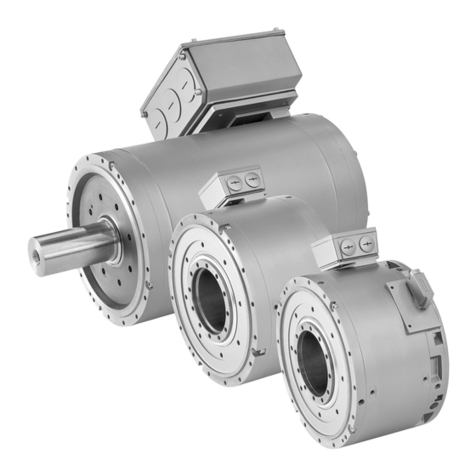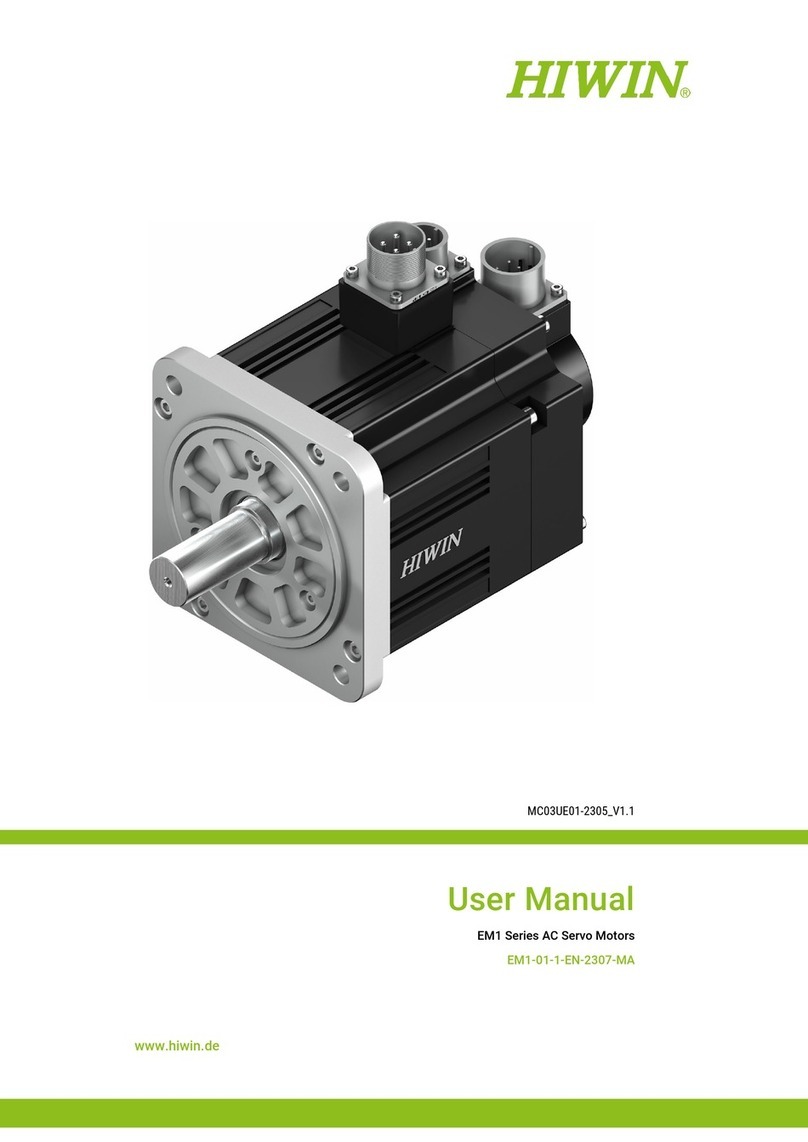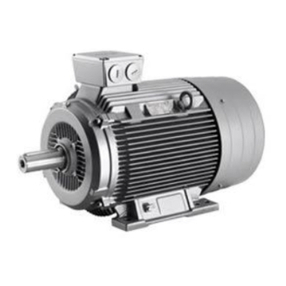Vetus M4.55 SOLAS User manual
Other Vetus Engine manuals

Vetus
Vetus VF4.145 Installation manual

Vetus
Vetus M4.15 SOLAS User manual

Vetus
Vetus VF4 User manual
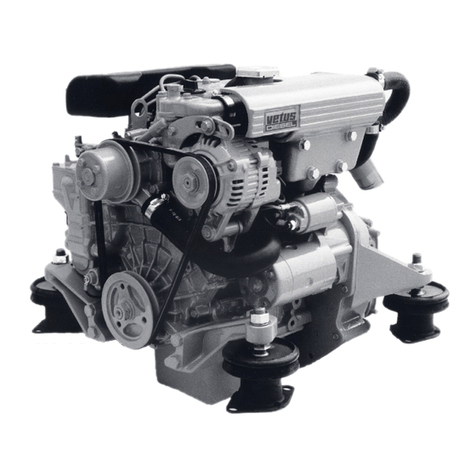
Vetus
Vetus M2.C5 User manual
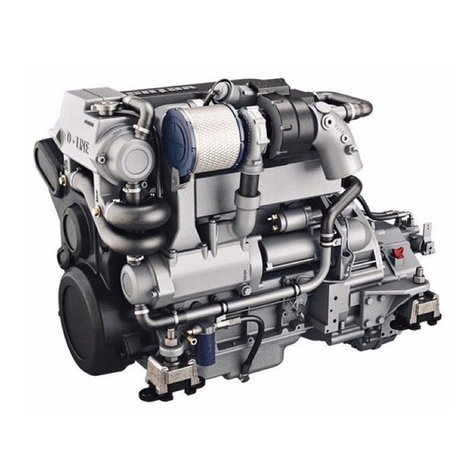
Vetus
Vetus D-LINE VD4.120 User manual
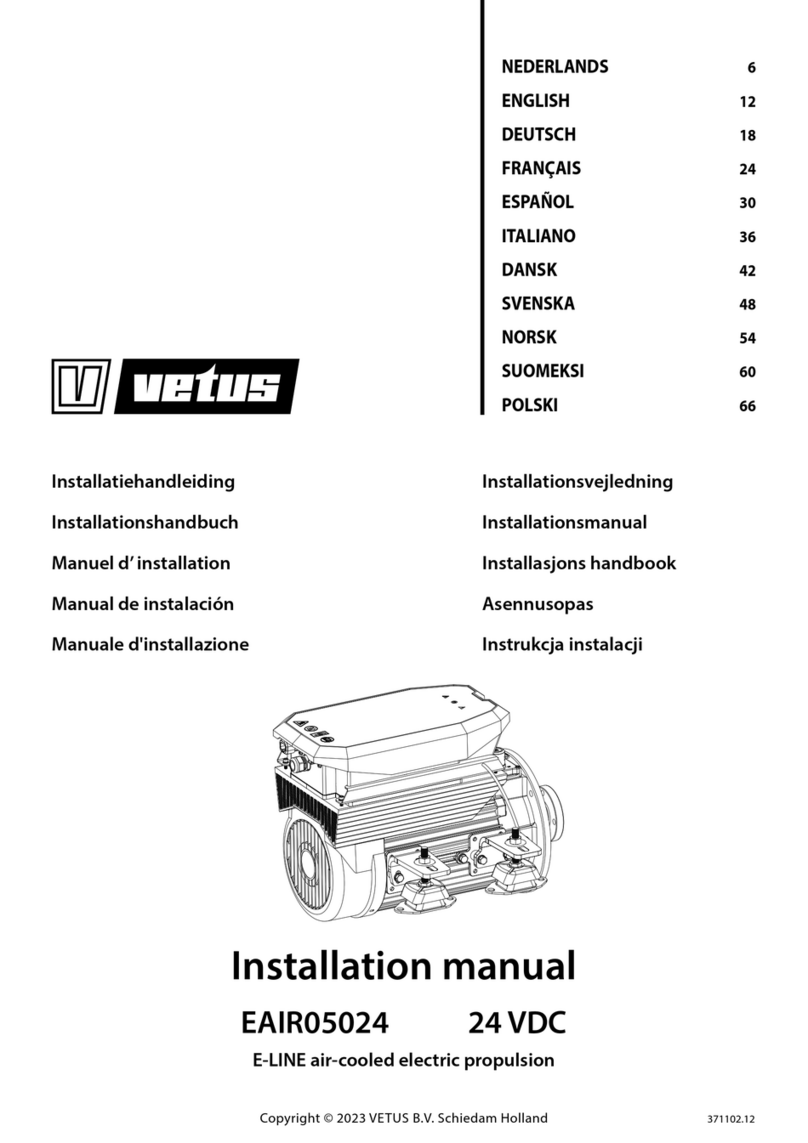
Vetus
Vetus EAIR05024 User manual

Vetus
Vetus EP2200K User manual

Vetus
Vetus EP2200K User manual

Vetus
Vetus DT4.70 User manual
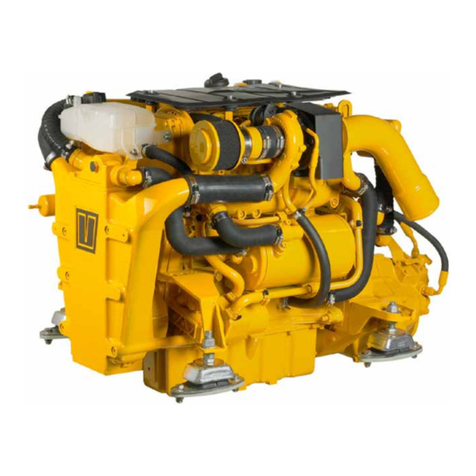
Vetus
Vetus VF4.170E User manual

Vetus
Vetus EAIR05024 User manual

Vetus
Vetus ELINE050 Troubleshooting guide
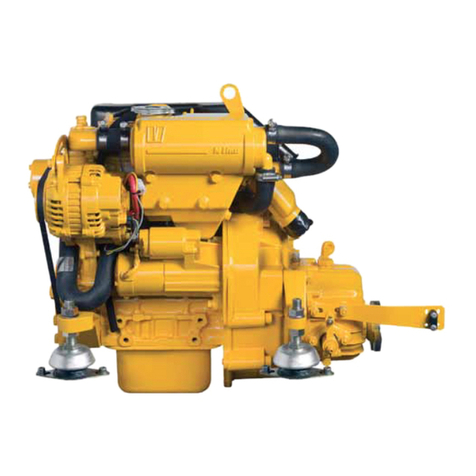
Vetus
Vetus M2.02 User manual

Vetus
Vetus ELPS User manual

Vetus
Vetus EAIR050 48 VDC User manual
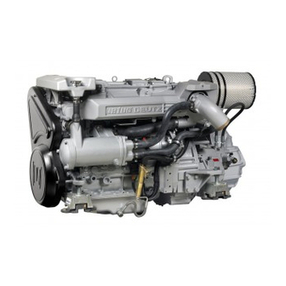
Vetus
Vetus DEUTZ DT44 User manual
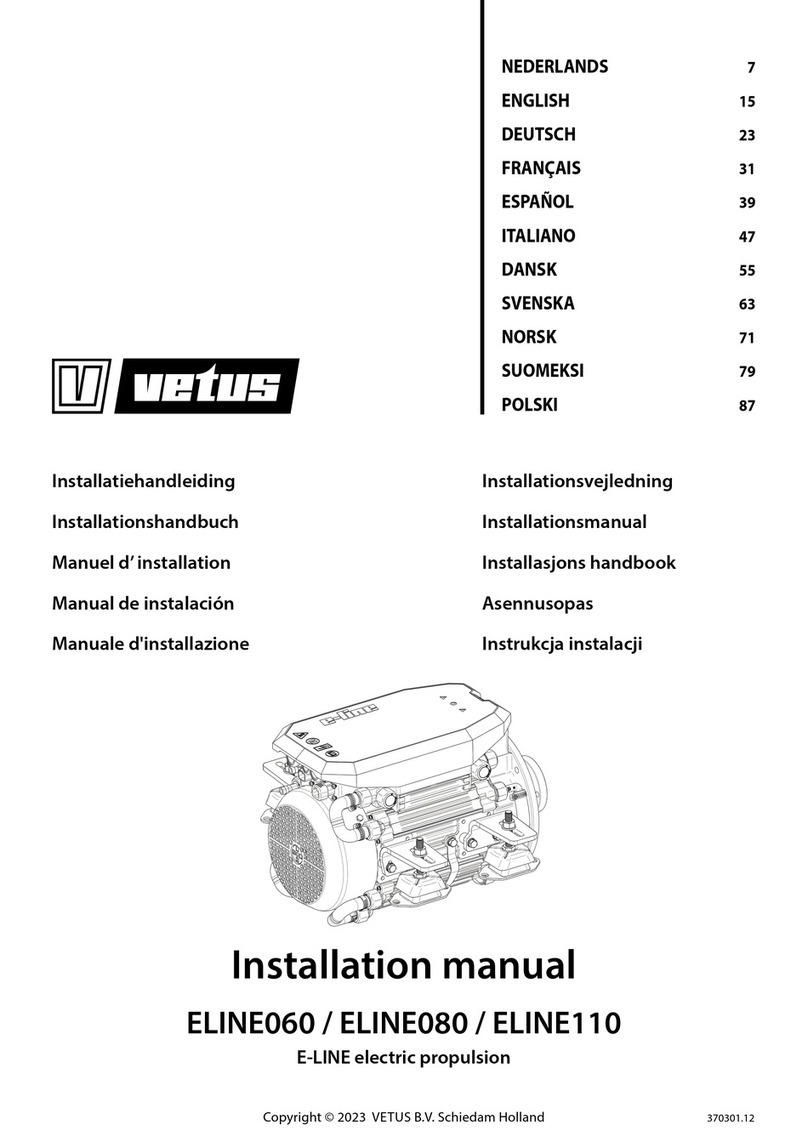
Vetus
Vetus ELINE080 User manual

Vetus
Vetus m3.10 User manual
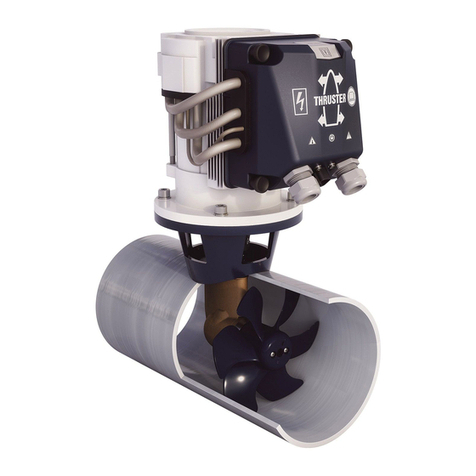
Vetus
Vetus BOW PRO Thruster BOWA0902 User manual

Vetus
Vetus EAIR04024 User manual

